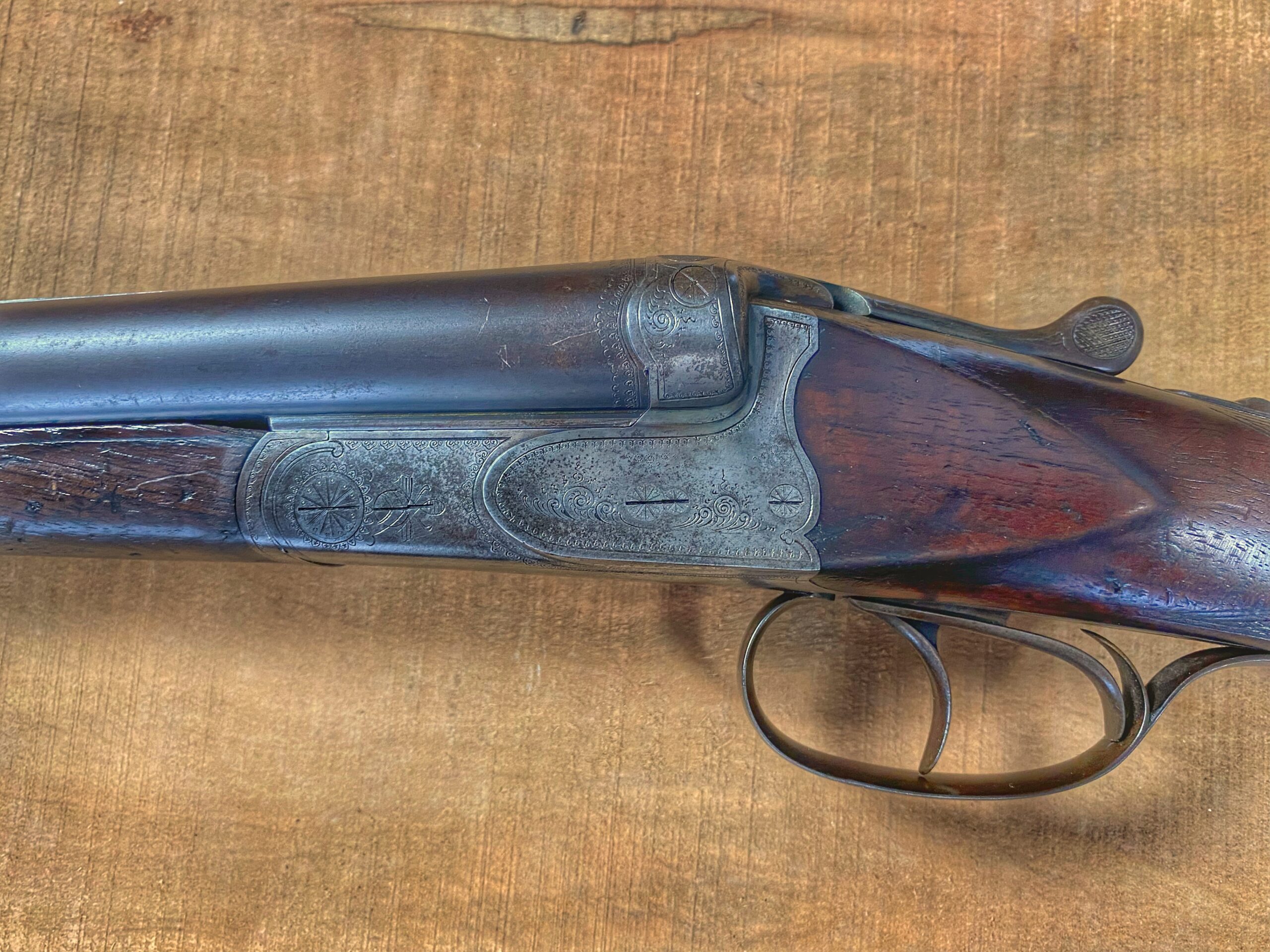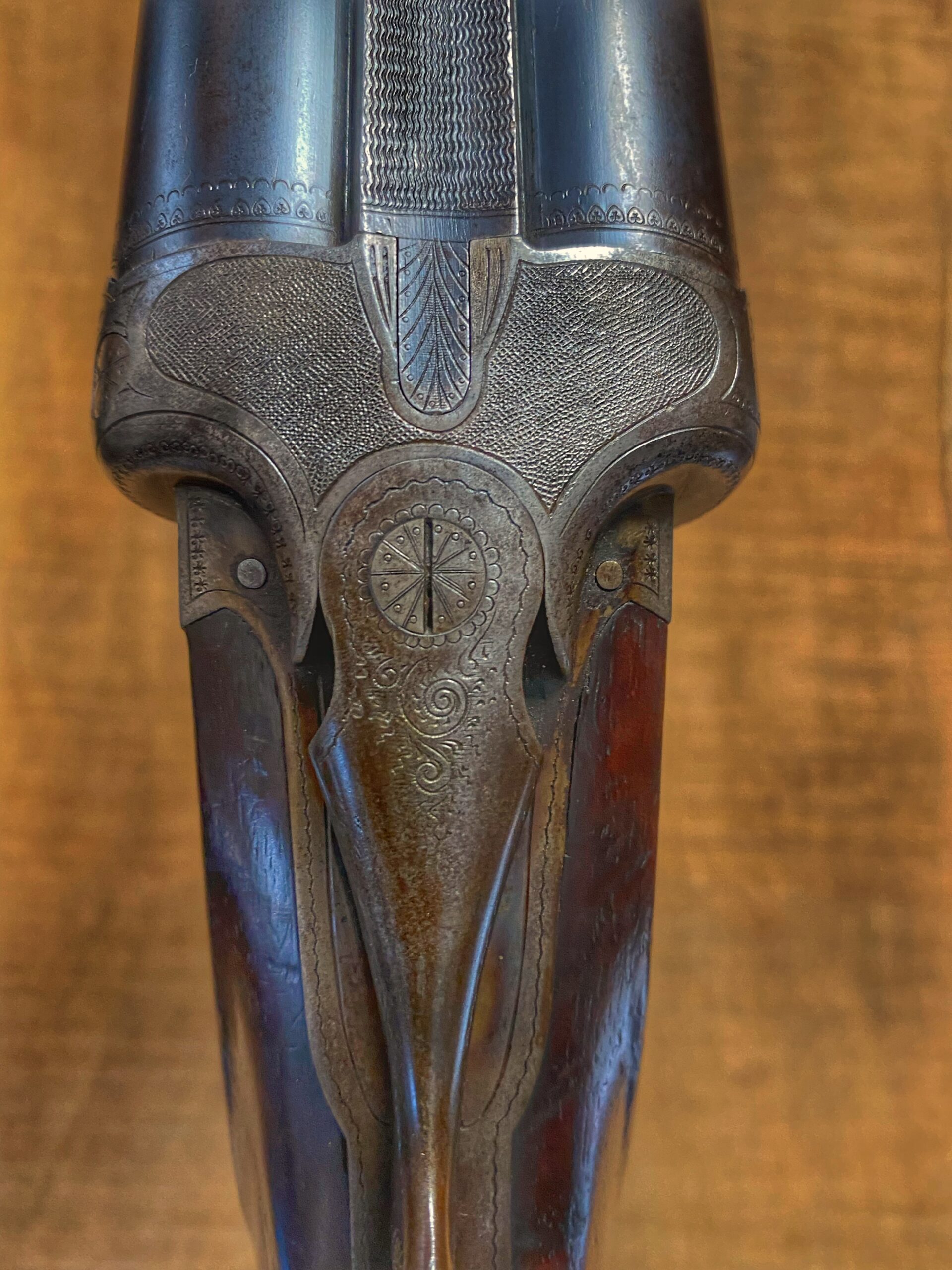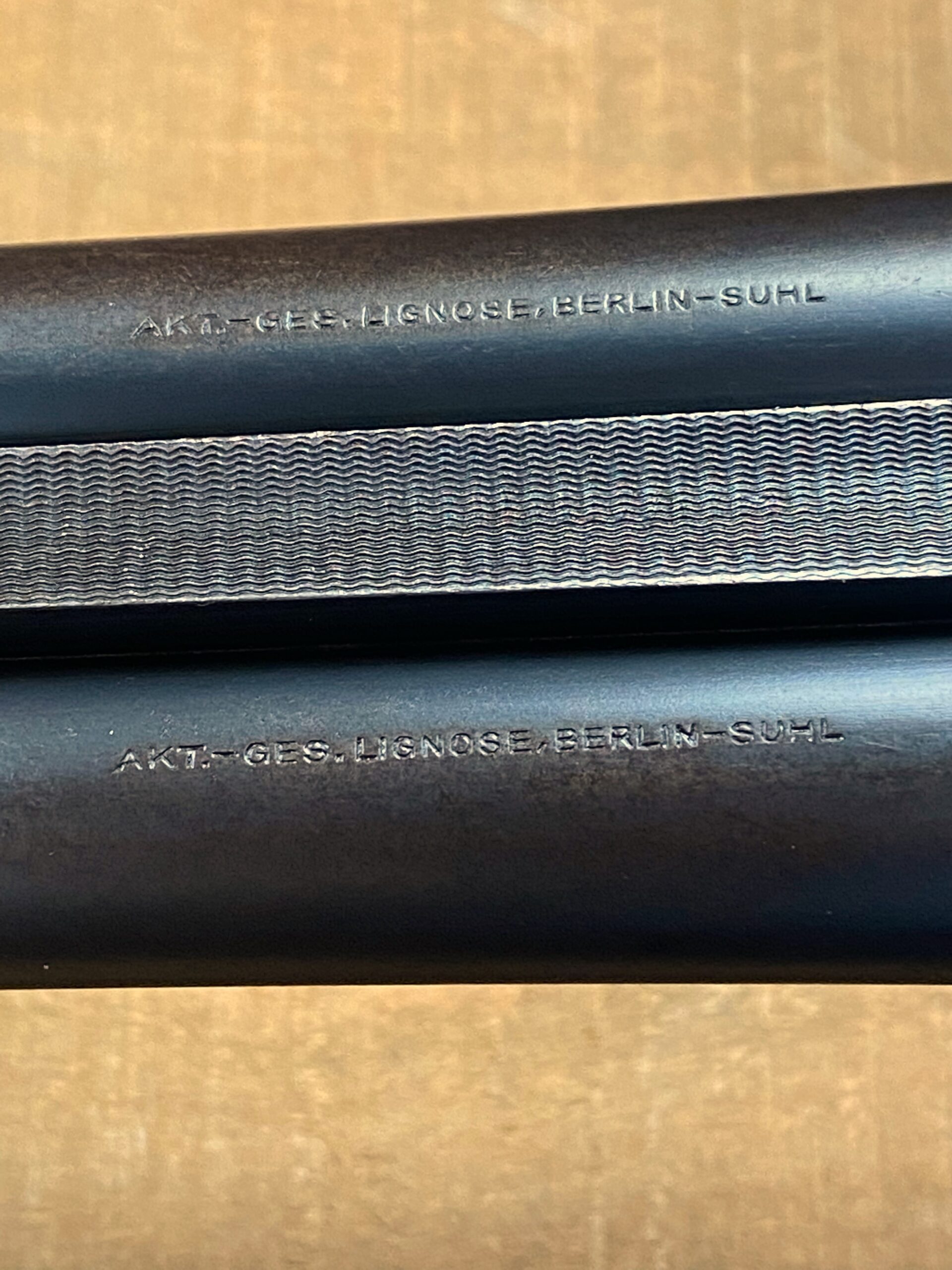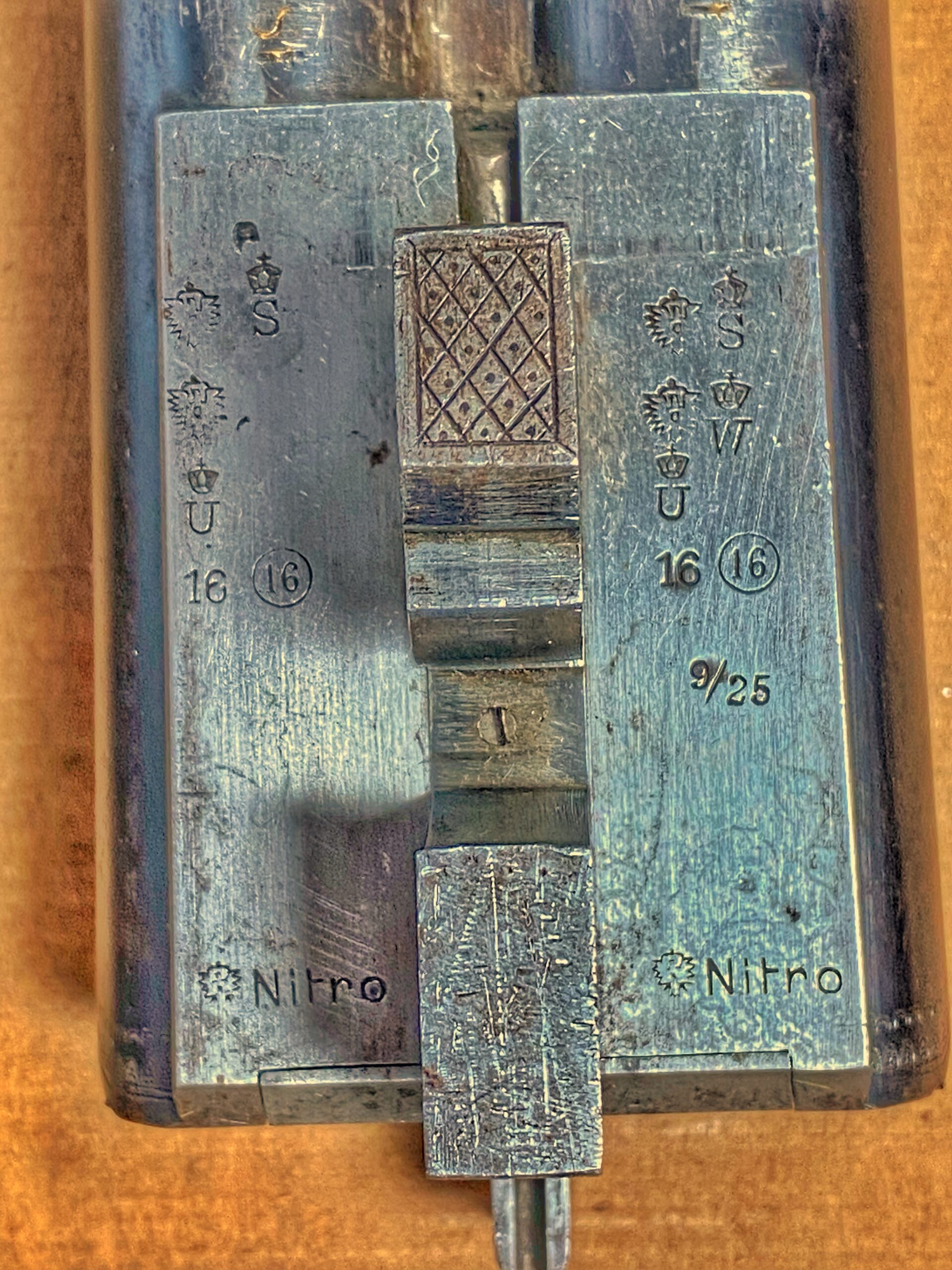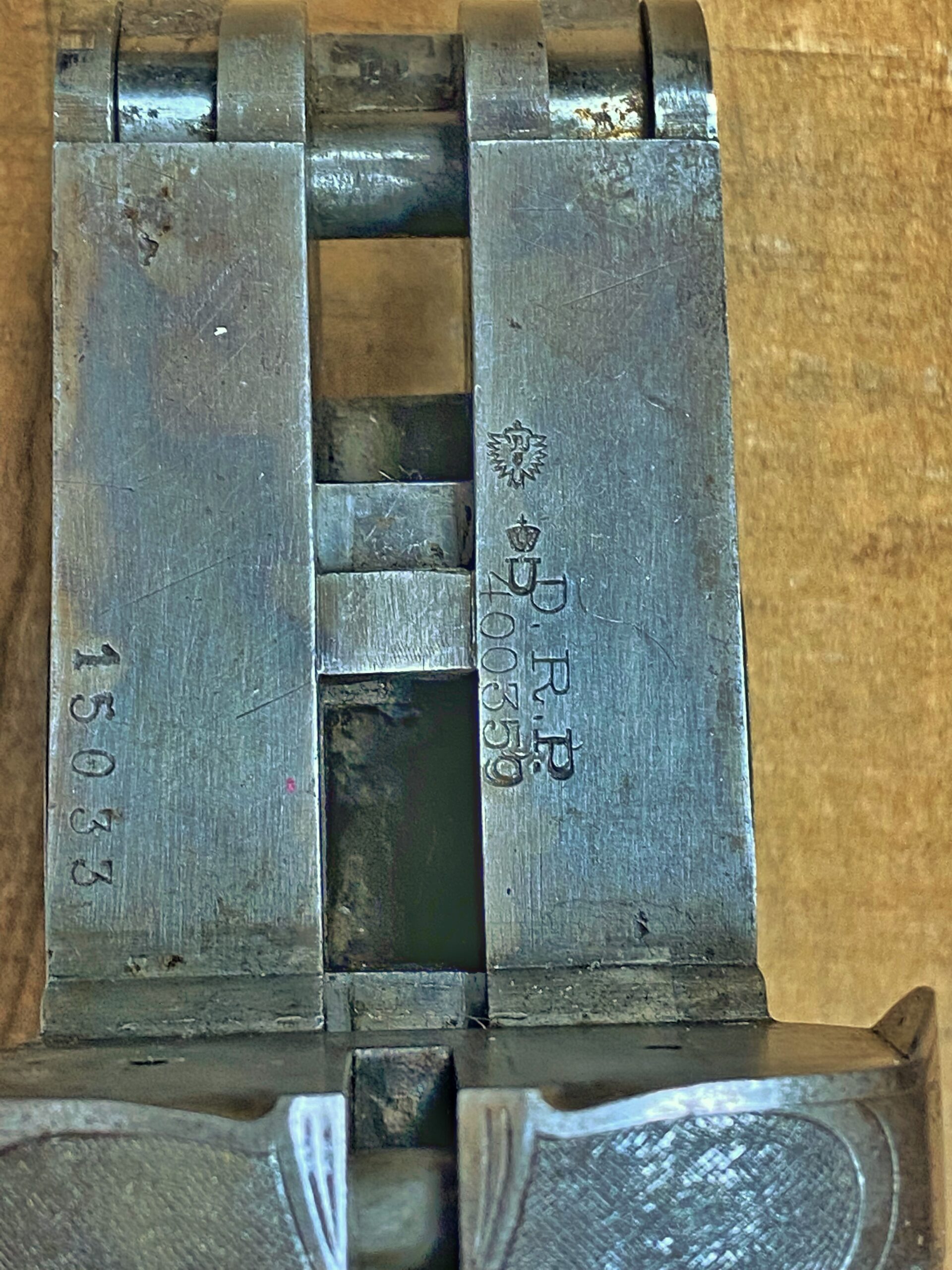By Larry B. Schuknecht
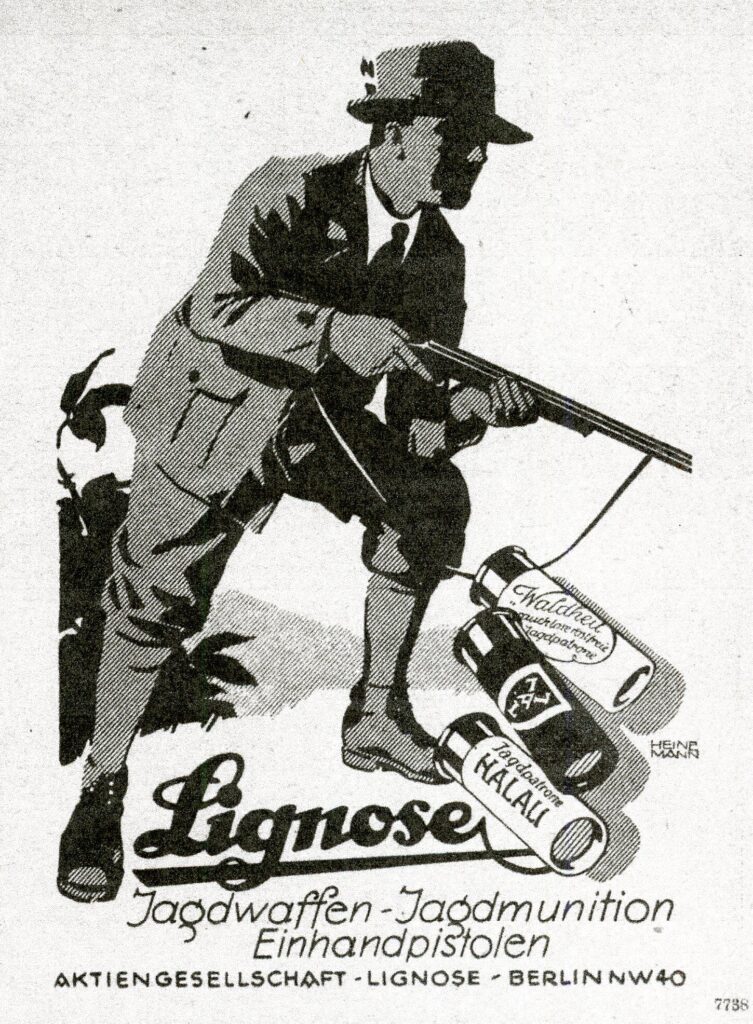
The firm known as Lignose was founded on September 3, 1873 by Count Guido Henckel von Donnersmarck, Count von Thiele-Winkler and General Director Bergrat Scherbening as a Aktein-Gesellschaft for the production of Lignose (pulp) or also known as Shooting wool or Gun Cotton. Initially the location was near Berlin but in a short time it was relocated to a factory in Kruppamühle/Upper Silesia which was constantly expanded over the years as demand increased. Also the Company expanded by purchasing other Companies such as the powder factory in Krieswald (O.S.) in 1900, the Pniowitz powder factories (1916), Altberum dynamite factory Wennigsen fuse factory in Haover and later the Reichenstein/Silesia powder factory. To expand their customer base to central Germany they took over the explosives and cartridge factory of A. & W. Allendorff in Schönebeck a.i.e. Elbe in 1913. in 1922 the W. Güttler Company in Reichsyein (schles.) that produced hunting Ammunition was aquired. With the purchase of this company they began producing ammunition with the trade names-“lignose”, “Waldheil”, and “Halali”.
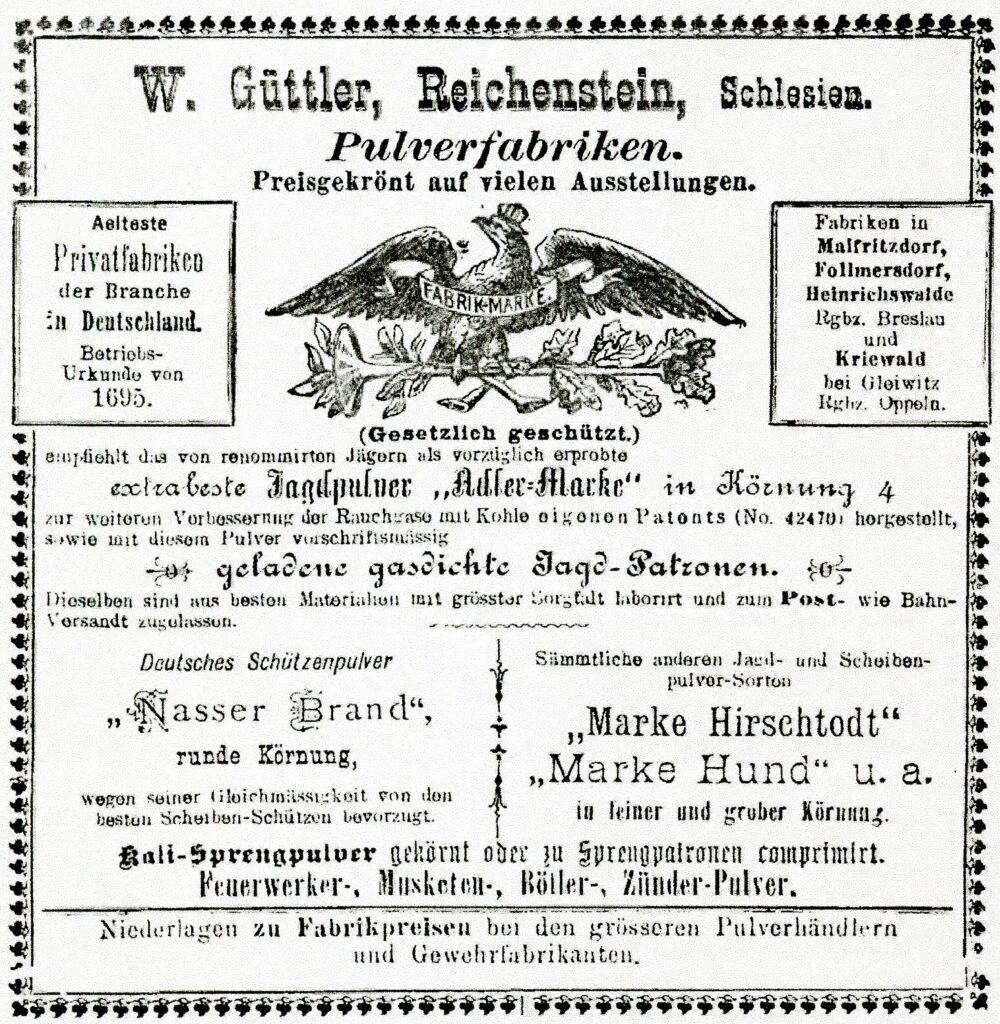
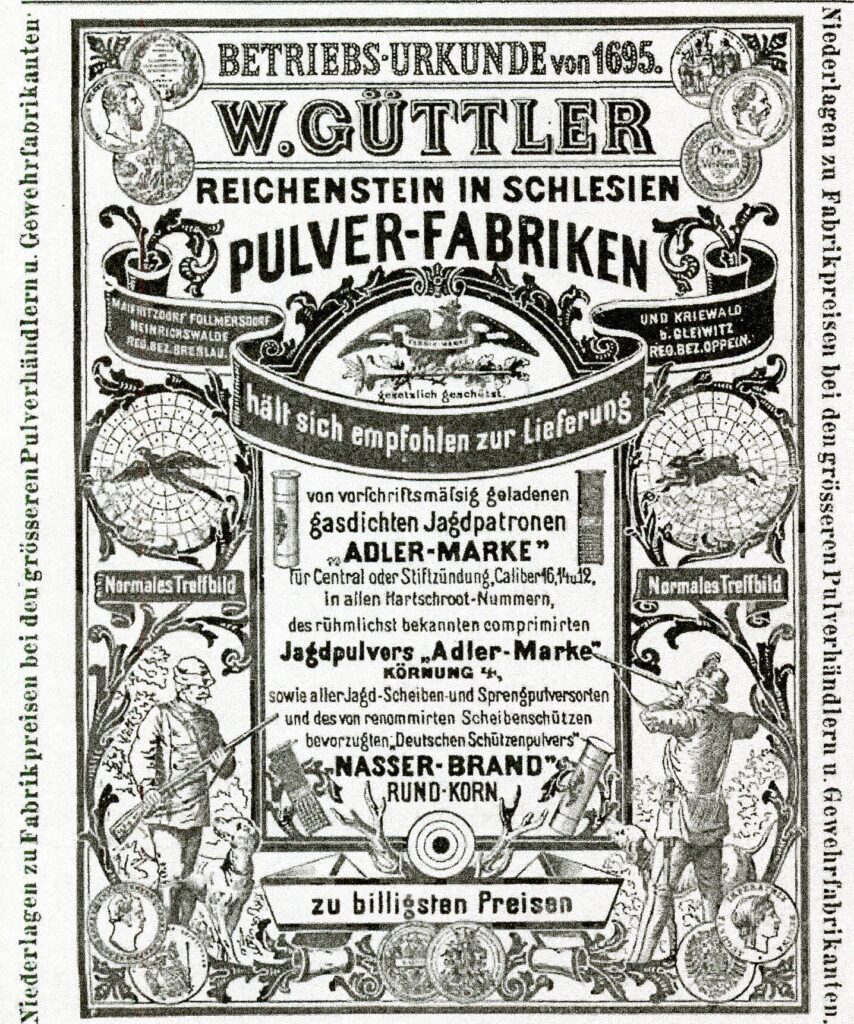
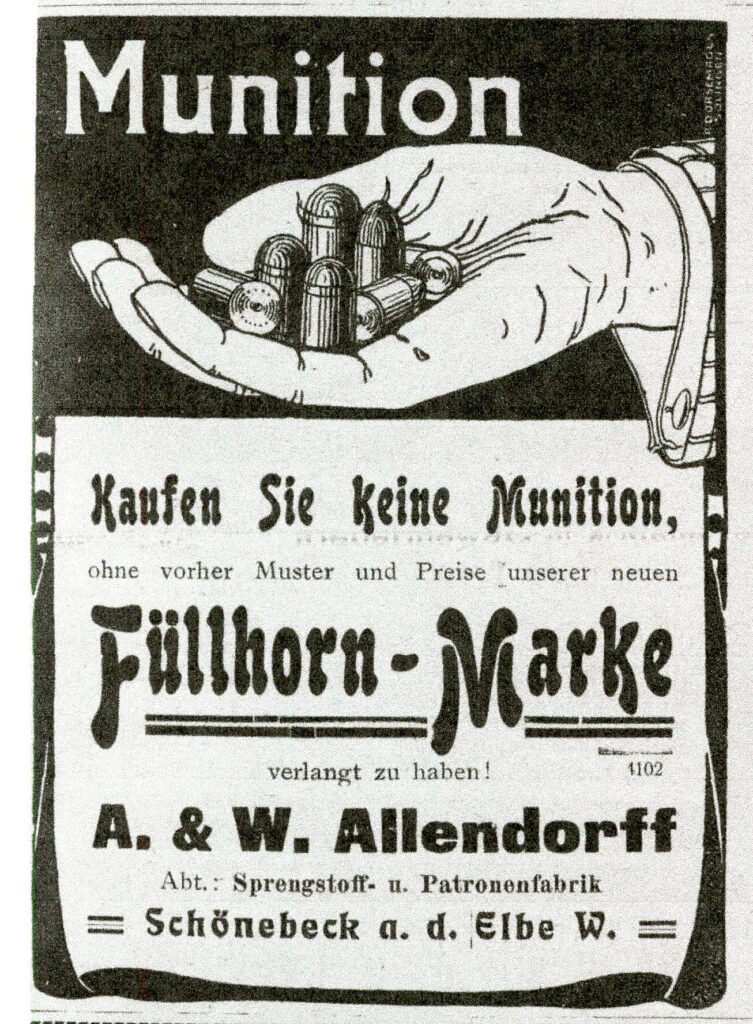
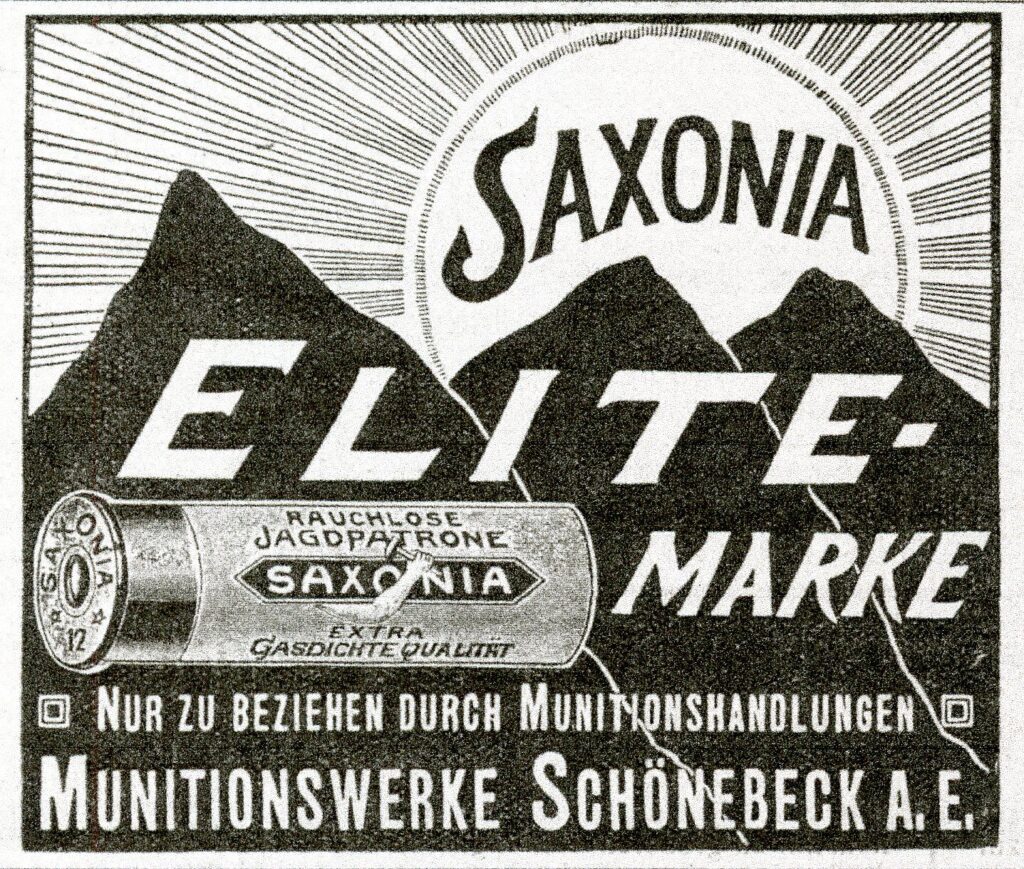
In 1915 the Company headquarters were relocated to Berlin. The location there was the Lignose Haus, Berlin NW 40, Moltfkestrasse 1. In 1919 the Company name changed to Aktien Gesellschft Lignose to establish the Manufacturing as the starting point in the name. On Dec. 1, 1934 the company became known as Lignose Sprengstoffwerke G.m.b.H. Around 1921 the firm of Theodor Bergmanns Erben was purchased for the manufacture of weapons with a location at Rimbachstrasse 51 in Suhl. Bergmann also owned a factory in Gaggenau.
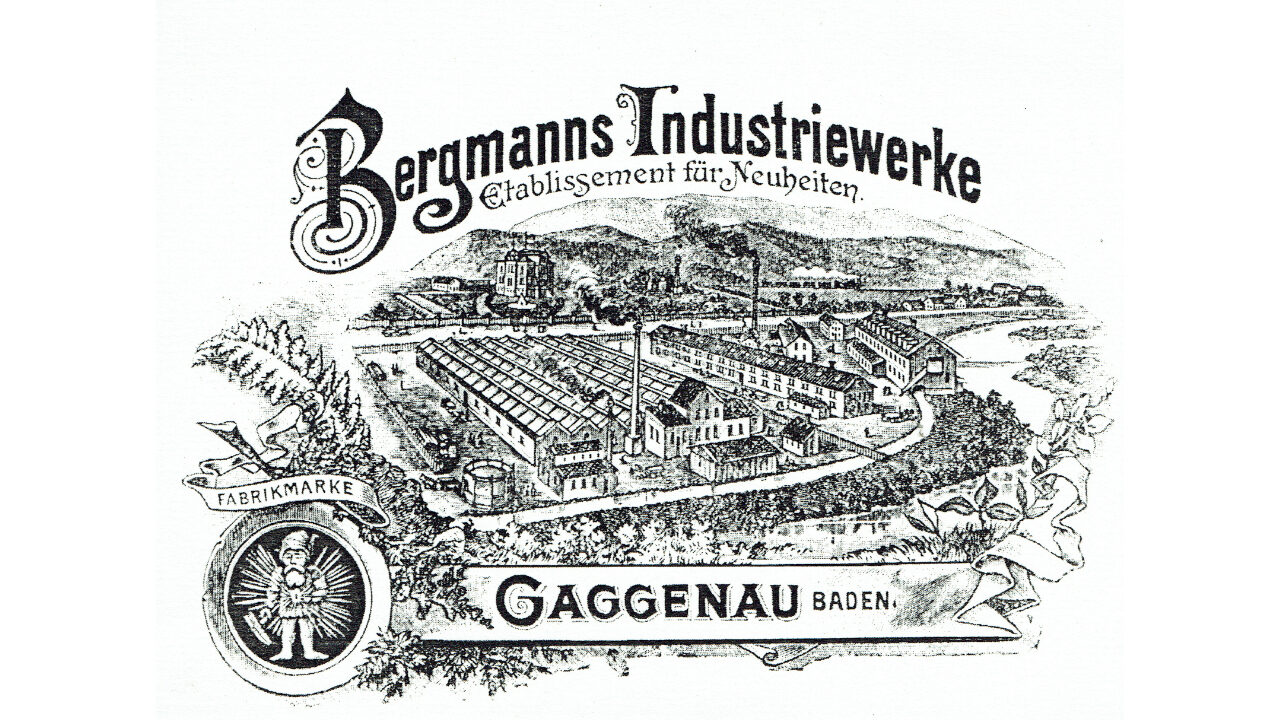
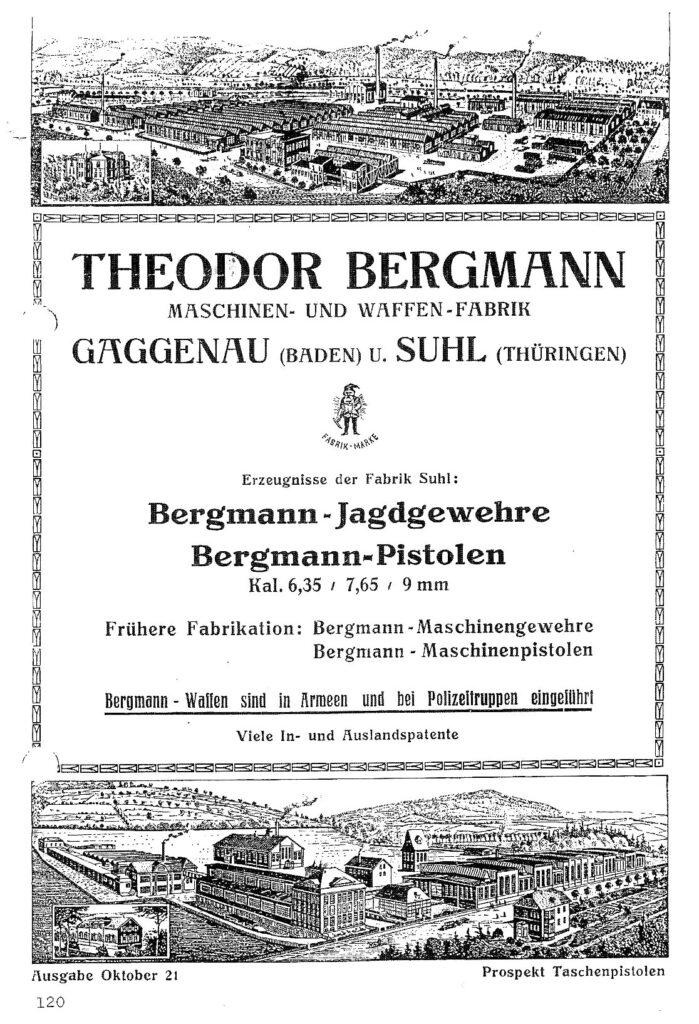
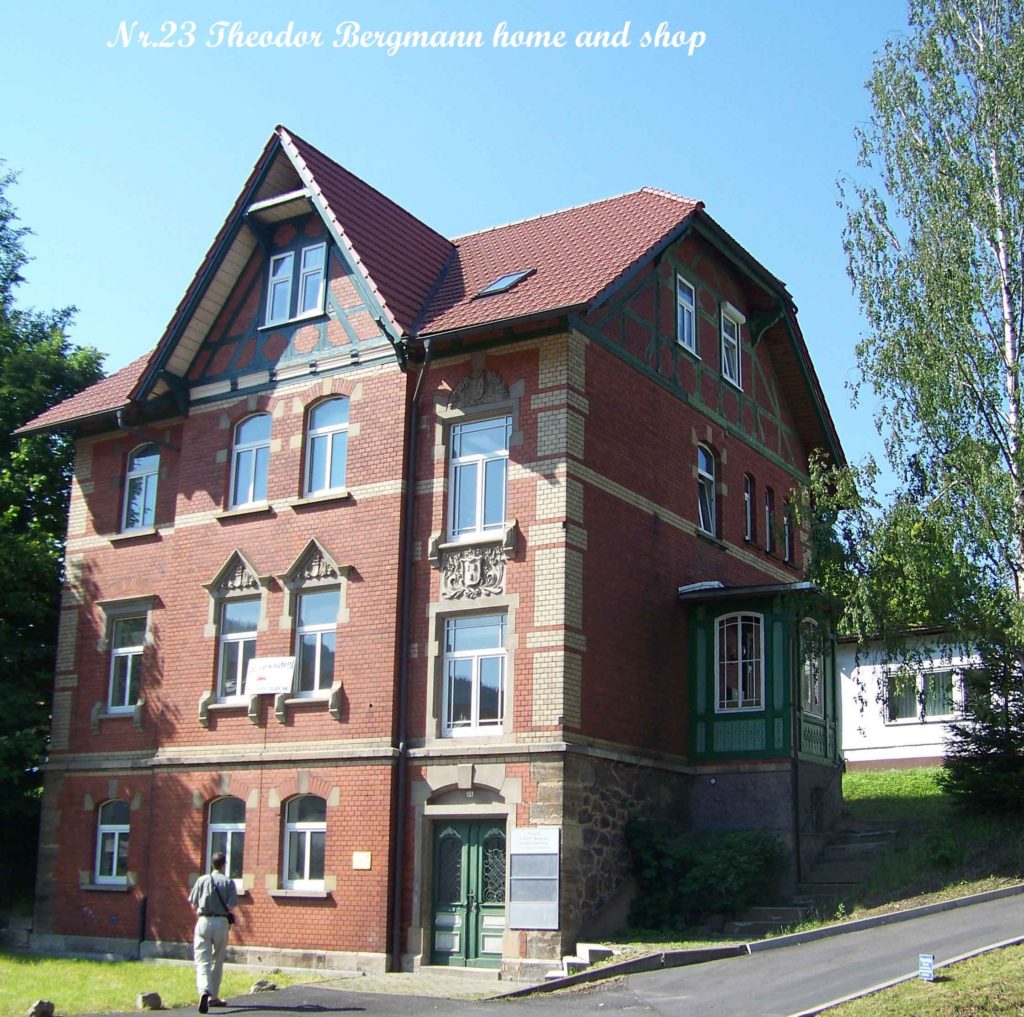
Theodor Bergmann is best known for his semi automatic handguns and a sub machinegun but they also produced Sporting rifles, shotguns and combination guns. This line became the basis for the Lignose line of guns made available in the first half of the 1920’s (Lignose began actively advertising their Jagd Waffen around 1924).
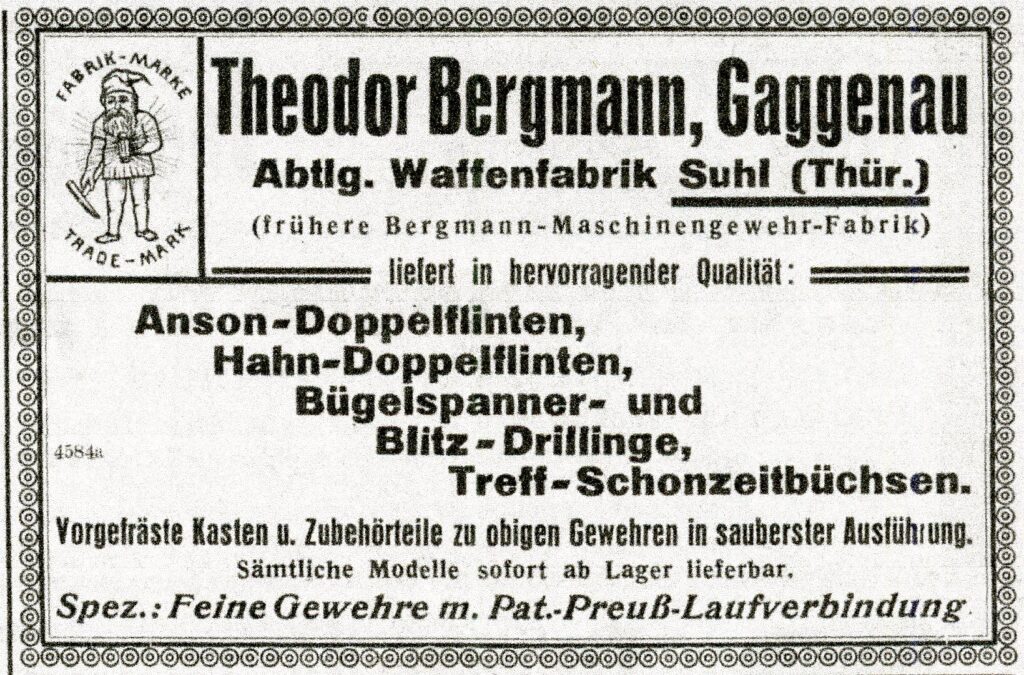
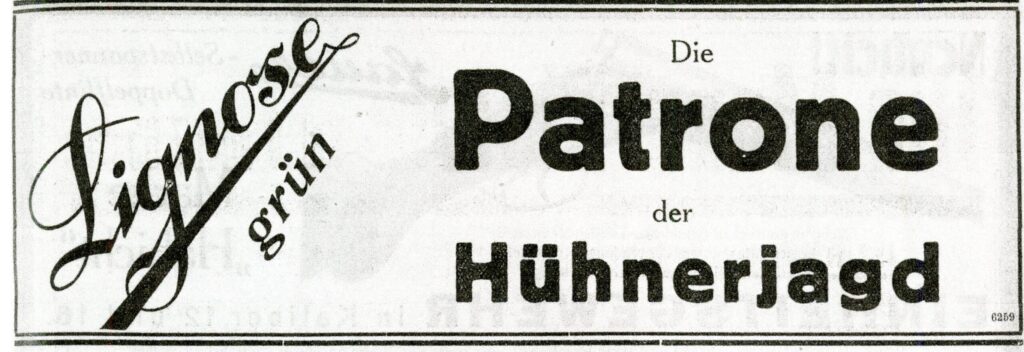
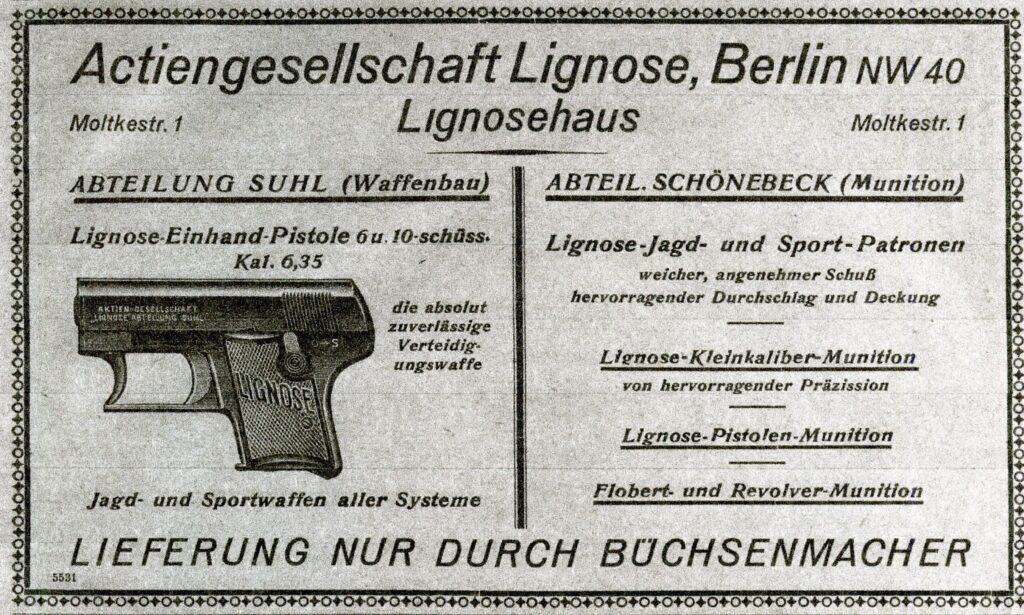
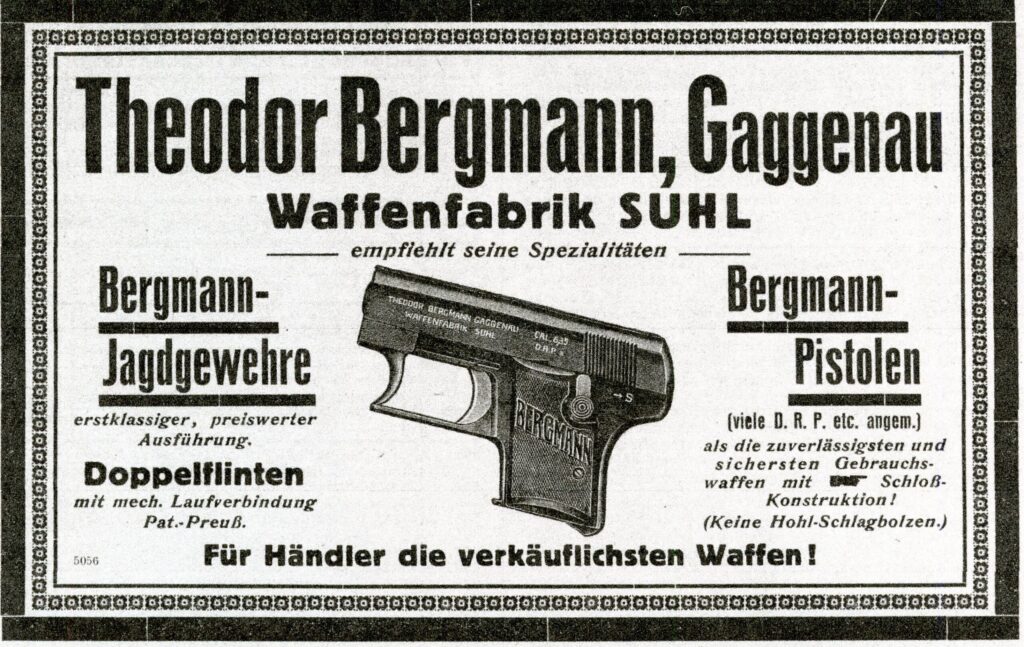
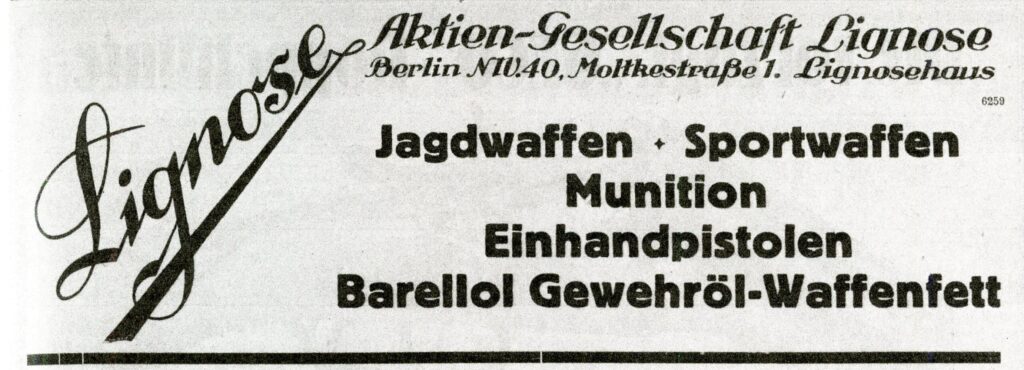
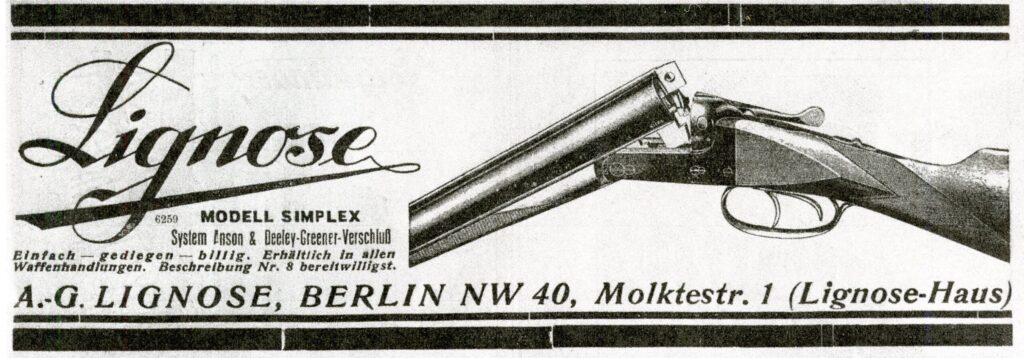
Click here to see a 1927 Lignose Catalog of their Weapons and Ammunition.
In addition to firearms and munitions Lignose also apparently branched into Chemicals and the following image of a Lignose Poster supports that assumption.
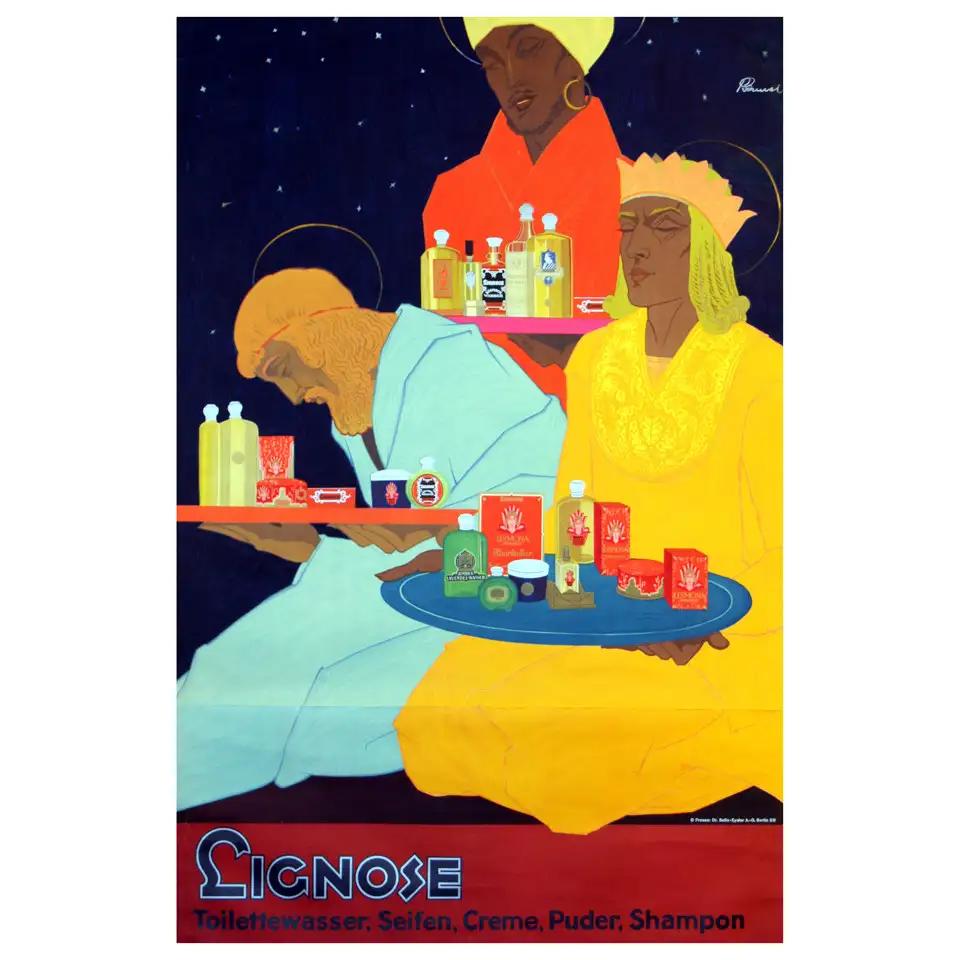
From the May 1945 report of the United States Strategic Bombing Survey on the Schoenebeck Explosives Plant Lignose Sprengstoff Werke G m b H-Bad Salzeman, Germany we learn the following.
Lignose expanded their Explosives plant in Schönebeck during the 1930’s producing industrial explosives (donarit & Chloratit), detonators and fuses. During the war it started to produce explosives for the Army. By 1944 the Company facility in Schönebeck occupied 309 well camouflaged buildings on 125 acres. On January 21, 1944 The RAF attacked and bombed the Plant with two Halifax bombers which dropped two tons of high explosives and 4.3 tons of Incendiary bombs. The plant was in full operation when it was attacked and the destruction was great.
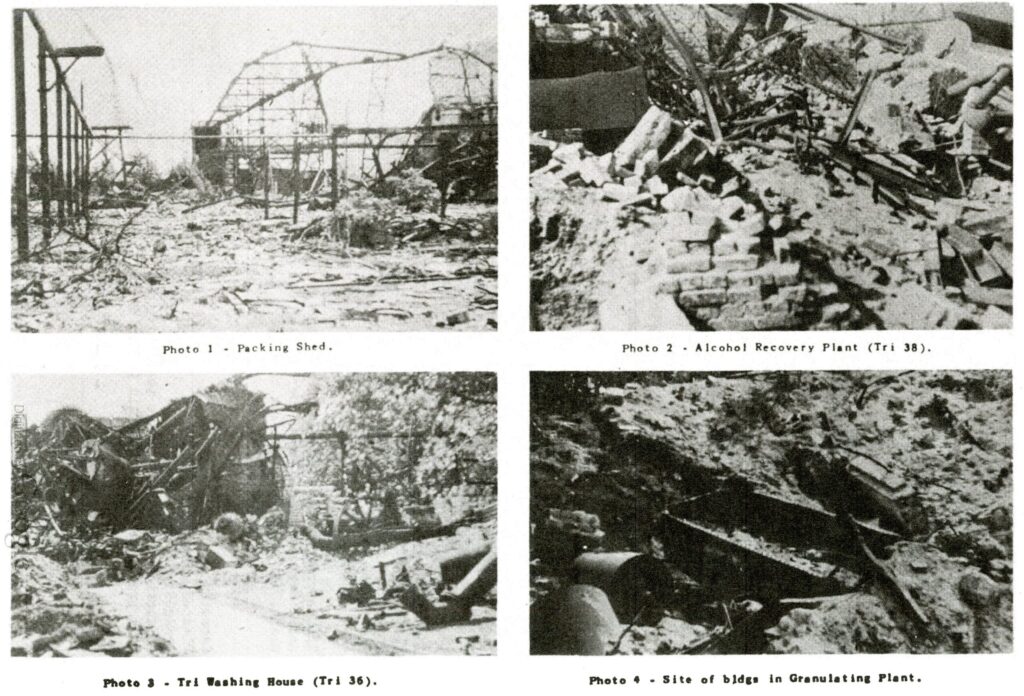
The following images show a Lignose side by side shotgun, a model 7 in the 1927 Catalog. It is 16 ga. proofed in Sept. 1925. Serial no. 15033. It is built upon a design patented by H. Barella on Nov. 7, 1922 as DRP no. 400359.

